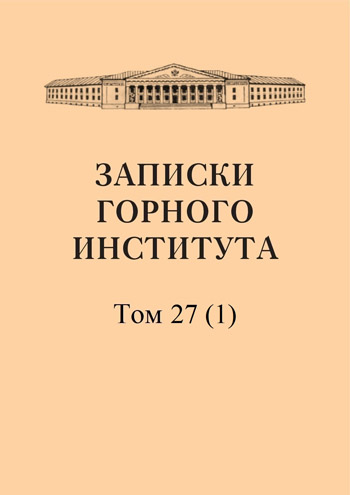The influence of parasitic movements of the train on the operation of mine locomotives
Abstract
The movement of a train with a locomotive under mine haulage conditions is a very complex process, consisting of a number of movements of the entire system as a whole and its individual parts. In addition to the main - useful forward - movement of the train, there are a number of secondary movements of a parasitic nature. These may include, for example, the impact of cars on each other and on the locomotive, twitching of the locomotive, shaking, rocking, wobbling, rolling, etc. From a production point of view, all of the listed parasitic movements are of great importance. They directly affect the main - forward - movement and, in addition, determine the stability of the rolling stock, cause its derailment, wear of the running gear and the track, and also affect the structural elements of the track and the rolling stock as a whole. However, the study of these issues remains in its infancy even in relation to the theory of traction on the tracks of mainline railways, which has a more long-standing practice than the theory of mine haulage electric locomotive haulage. The issues of the theory of parasitic movements of rolling stock on mainline railways are considered mainly only from the point of view of their influence on the design of the track and rolling stock.
References
- Shklyarsky F.N. Mining Electromechanics, Part I. Mine Haulage by Electric Locomotives, 1936.
- Volotkovsky S.A. Mine Electric Locomotive Traction, Ugletekhizdat, 1950.
- Rysyev A.V. Technical and Economic Method for Determining the Elements of Underground Electric Locomotive Haulage, Notes of the Leningrad Mining Institute, 1949, Vol. XXIV.
- Rysyev A.V. On Some Issues of the Theory of Mine Electric Locomotive Haulage. Notes of the Leningrad Mining Institute, 1948, Vol. XXII.
- Rysyev A.V. New Method for Determining the Elements of Mine Electric Locomotive Haulage. Notes of the Leningrad Mining Institute, 1951, Vol. XXV.
